As we age, it’s no secret that our movements tend to slow down. Whether it’s taking a stroll around the neighborhood or simply reaching for the TV remote, the older we get, the more noticeable this change becomes. A recent study led by engineers at the University of Colorado Boulder has delved deeper into this phenomenon, providing intriguing insights into why this happens.
Exploring The Reasons Behind Slower Movements In Older Adults
The study, one of the first to experimentally investigate the competing factors behind slower movements in people over 65, has yielded some fascinating results. The research team discovered that older adults might move slower because it requires more energy compared to their younger counterparts. This finding may not come as a shock to those who have experienced fatigue after an active day.

The implications of this research extend beyond just understanding the aging process. The study’s co-author, Alaa Ahmed, suggests that these findings could potentially aid doctors in diagnosing various illnesses, including Parkinson’s disease, multiple sclerosis, depression, and even schizophrenia. By examining how we move, from eye movements to walking and talking, we can gain valuable insights into aging and neurological conditions.
The Drive To Maximize Reward While Minimizing Effort
The study, published in The Journal of Neuroscience, involved subjects aged 18 to 35 and 66 to 87 completing a simple task: reaching for a target on a screen, similar to playing a video game. By analyzing the patterns of these reaches, the researchers uncovered an intriguing observation. Older adults appeared to modify their motions in certain situations to conserve their limited energy reserves.
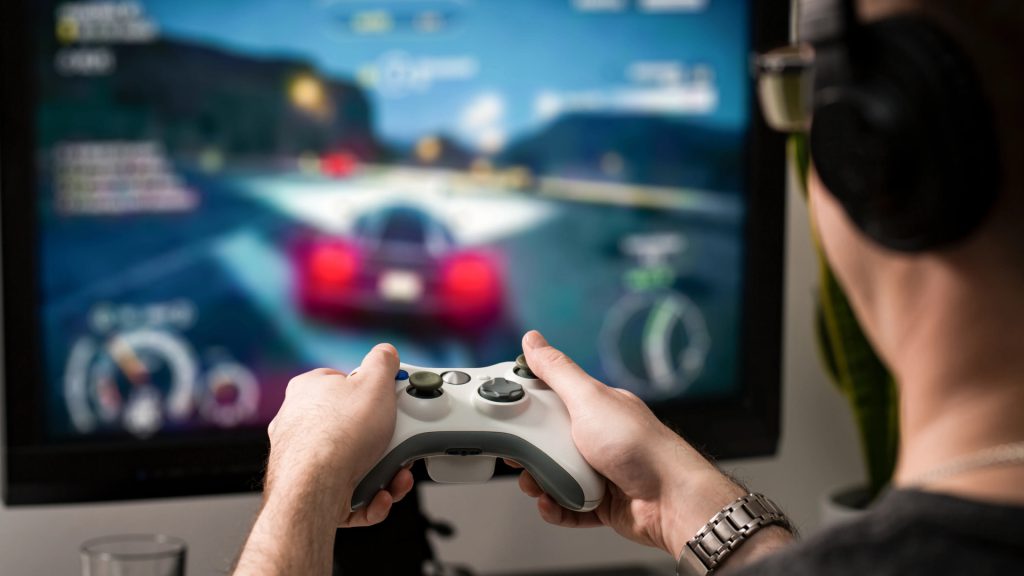
As co-lead author Erik Summerside, who earned his doctorate in mechanical engineering from CU Boulder in 2018, explains, “All of us, whether young or old, are inherently driven to get the most reward out of our environment while minimizing the amount of effort to do so.” This fundamental drive seems to play a significant role in how we move as we age.
The Role Of Muscle Efficiency And Brain Reward Circuitry
While it’s well-known that older adults tend to be slower due to less stable and accurate movements, the study explored two other potential factors. One hypothesis suggests that older adults’ muscles may work less efficiently, leading them to burn more calories while performing the same tasks as younger individuals.
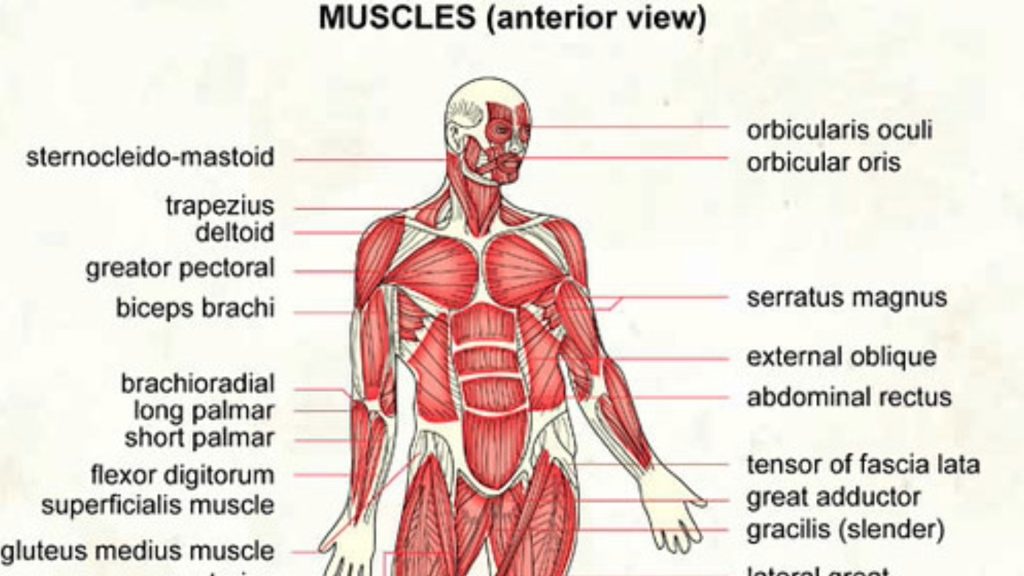
Alternatively, the aging process might also affect the reward circuitry in the human brain. As people age, their bodies produce less dopamine, a brain chemical responsible for providing a sense of satisfaction after completing a task. If this reward is not felt as strongly, it may lead to a decreased likelihood of moving to obtain it. This decline in dopamine production is even more pronounced in individuals with Parkinson’s disease.
Unraveling The Differences Between Young And Old
In the study, participants were asked to operate a robotic arm that controlled a cursor on a computer screen. They had to reach forward and move the cursor toward a target. Upon success, they received a small reward, accompanied by a satisfying “bing bing” sound.
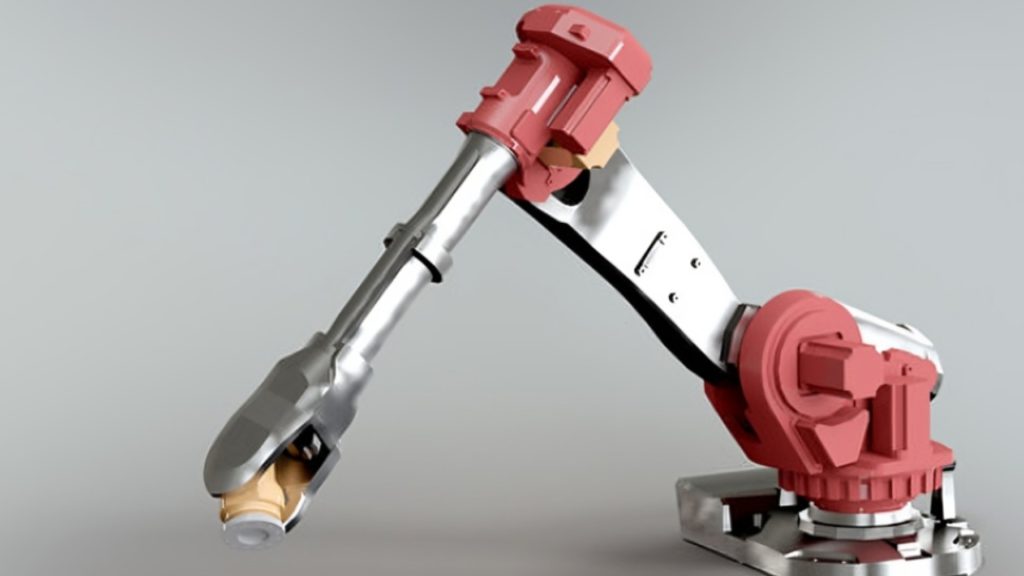
Interestingly, both age groups reached their targets faster when they knew a reward was coming. However, they achieved this goal in different ways. Younger adults generally moved their arms faster towards the reward, while older adults primarily improved their reaction times, starting their reaches about 17 milliseconds sooner on average.
The Disappearing Differences With Added Weight
When the researchers added an 8-pound weight to the robotic arm for the younger participants, the differences between the two age groups vanished. This observation led to a fascinating conclusion about how our brains detect and respond to changes in energy expenditure.

As co-lead author Robert Courter, who earned his doctorate in mechanical engineering from CU Boulder in 2023, explains, “The brain seems to be able to detect very small changes in how much energy the body is using and adjusts our movements accordingly.” Even with just a few extra pounds, reacting quicker became the more energy-efficient option to obtain the reward, leading the younger adults to mimic the behavior of the older participants.
Effort Costs: The Likely Culprit Behind Slowing Movements
The study’s findings suggest that the effort costs associated with reaching seem to be the primary factor determining the slower movements observed in older adults. While the research cannot entirely rule out the brain’s reward centers as a contributing factor, it provides a clearer picture of the underlying mechanisms at play.

As Ahmed points out, if scientists can pinpoint where and how these changes originate in the body, they may be able to develop targeted treatments to mitigate the effects of aging and disease on movement. This research opens up exciting possibilities for future interventions aimed at improving mobility and quality of life for older individuals.
The Importance Of Understanding Movement In Aging And Disease
The study’s findings underscore the significance of understanding the nuances of movement in the context of aging and neurological conditions. By examining how we move, from the smallest eye movements to complex actions like walking and talking, researchers can gain valuable insights into the aging process and various diseases.
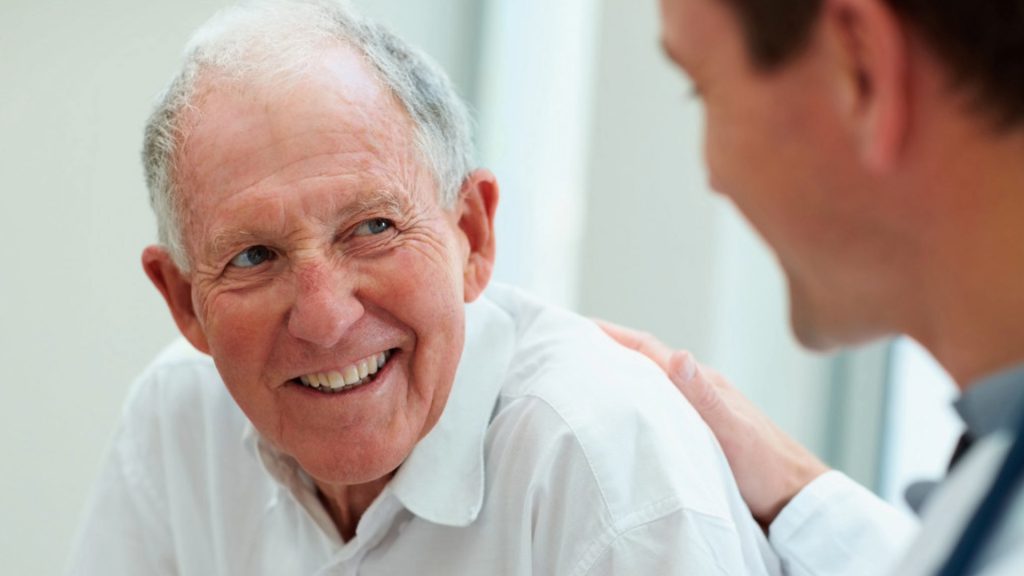
As Ahmed emphasizes, “Why we move the way we do, from eye movements to reaching, walking, and talking, is a window into aging and Parkinson’s. We’re trying to understand the neural basis of that.” This research represents a crucial step towards unraveling the mysteries of age-related changes in movement and their potential implications for diagnosing and treating neurological disorders.
The Role Of Dopamine In Movement And Reward
The study also highlights the importance of dopamine, a brain chemical that plays a crucial role in both movement and reward processing. As people age, their bodies produce less dopamine, which may contribute to the observed changes in movement patterns.
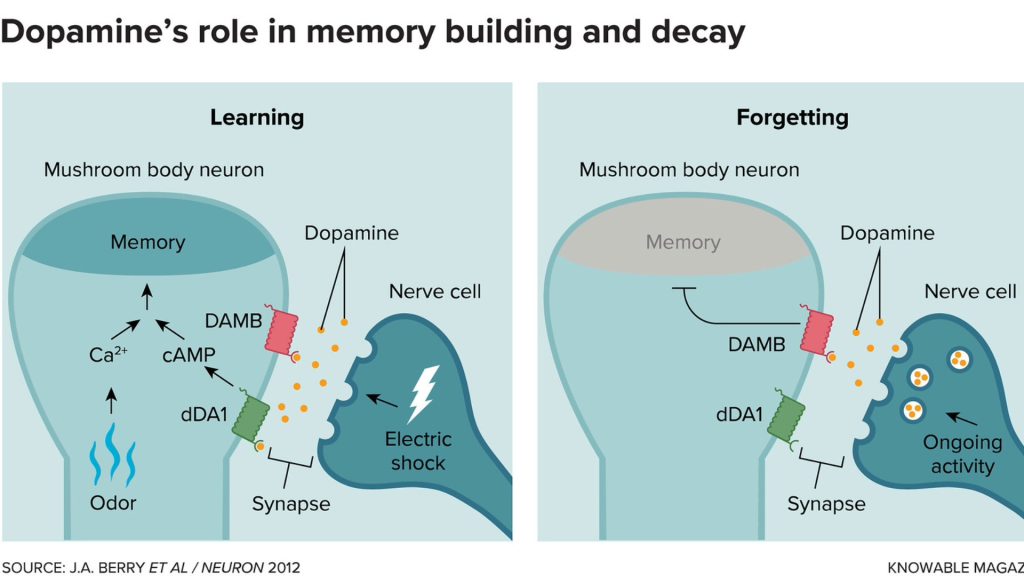
This decline in dopamine production is even more pronounced in individuals with Parkinson’s disease, a neurodegenerative disorder characterized by tremors, stiffness, and slowness of movement. By understanding the role of dopamine in movement and reward, researchers can develop targeted therapies to alleviate the symptoms of Parkinson’s and other related conditions.
Implications For Diagnosing And Treating Neurological Disorders
The findings of this study have far-reaching implications for the diagnosis and treatment of various neurological disorders. By examining patterns of movement, doctors may be able to detect early signs of conditions like Parkinson’s disease, multiple sclerosis, depression, and schizophrenia.
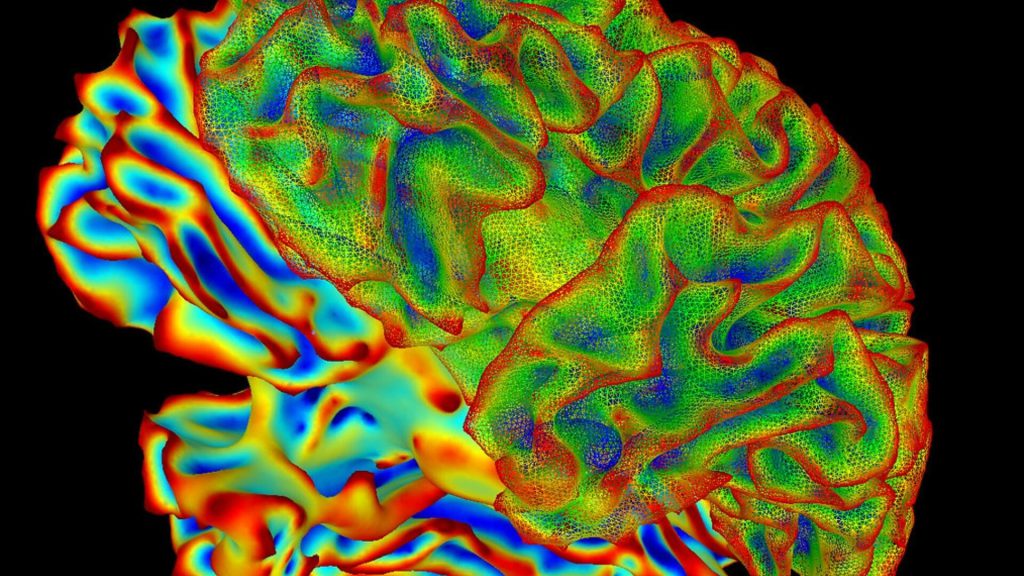
As Ahmed suggests, if scientists can pinpoint the specific bodily changes responsible for the observed differences in movement, they may be able to develop targeted treatments to reduce the impact of aging and disease on mobility. This research paves the way for innovative diagnostic tools and therapeutic interventions that could significantly improve the lives of those affected by neurological conditions.
The Importance Of Maintaining Mobility In Older Adults
The study’s findings also underscore the importance of maintaining mobility in older adults. As we age, it becomes increasingly crucial to engage in regular physical activity and exercise to preserve muscle strength, balance, and overall health.

By understanding the factors that contribute to slower movements in older adults, healthcare professionals can develop targeted interventions and exercise programs to help maintain mobility and independence. This research highlights the need for a proactive approach to aging, focusing on prevention and early intervention to ensure a high quality of life in later years.
Future Directions And Potential Applications
The study’s findings open up numerous avenues for future research and potential applications. By further investigating the neural basis of movement and its relationship to aging and neurological disorders, scientists can develop more effective diagnostic tools and treatment strategies.
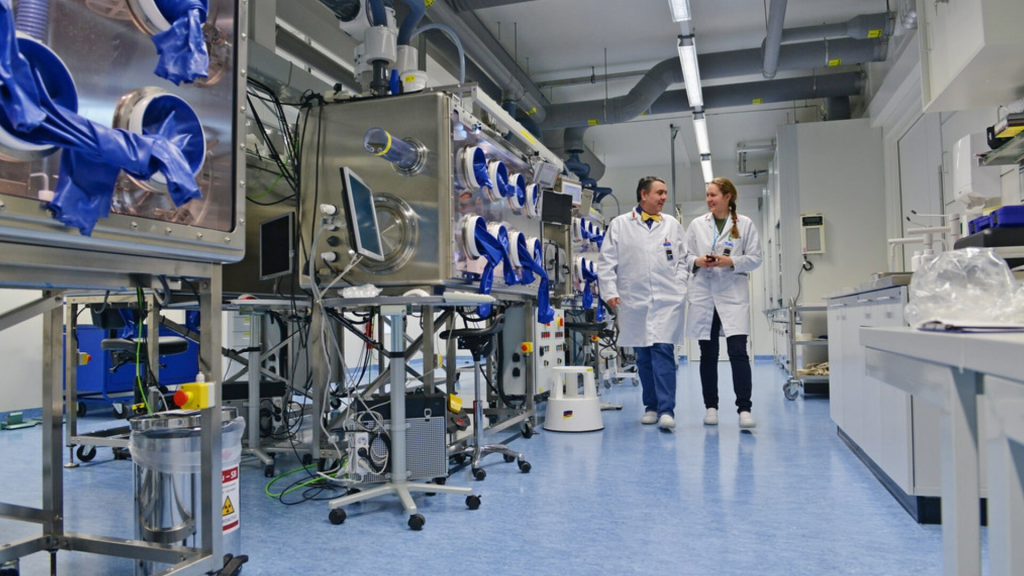
Additionally, the insights gained from this research could be applied to the development of assistive technologies and robotics designed to support the mobility of older adults and those with neurological conditions. By understanding the unique challenges faced by these populations, engineers can create innovative solutions to enhance their quality of life and independence.
The Importance Of Interdisciplinary Collaboration
This study exemplifies the power of interdisciplinary collaboration in advancing our understanding of complex biological processes. By bringing together experts from various fields, including mechanical engineering, neuroscience, and gerontology, researchers can tackle the challenges of aging and neurological disorders from multiple angles.

As Ahmed points out, “Putting it all together, our results suggest that the effort costs of reaching seem to be determining what’s slowing the movement of older adults.” This holistic research approach, considering both the physical and neural aspects of movement, is crucial for developing comprehensive solutions to the challenges posed by aging and disease.
The Potential For Personalized Medicine
The study’s findings also have implications for the development of personalized medicine approaches to treating age-related changes in movement and neurological disorders. By understanding the specific factors that contribute to an individual’s unique movement patterns, healthcare professionals can tailor interventions and therapies to their specific needs.

This personalized approach to medicine has the potential to significantly improve outcomes for older adults and those with neurological conditions. By targeting the underlying causes of slower movements and other mobility challenges, healthcare providers can help individuals maintain their independence and quality of life as they age.





GIPHY App Key not set. Please check settings